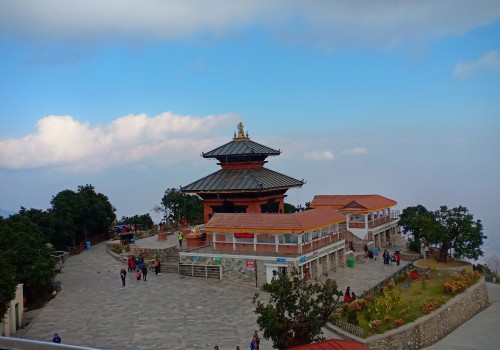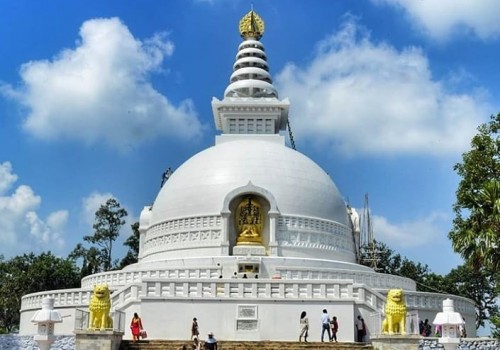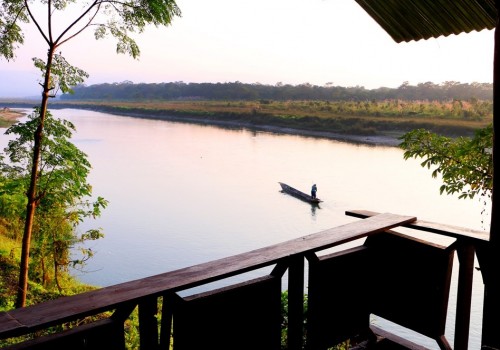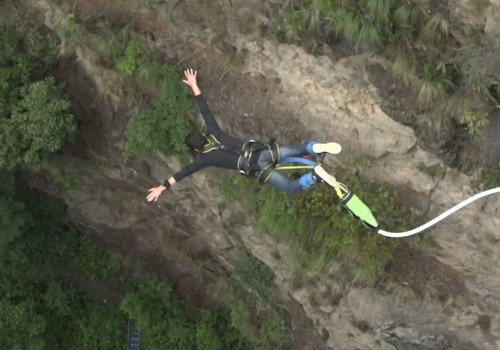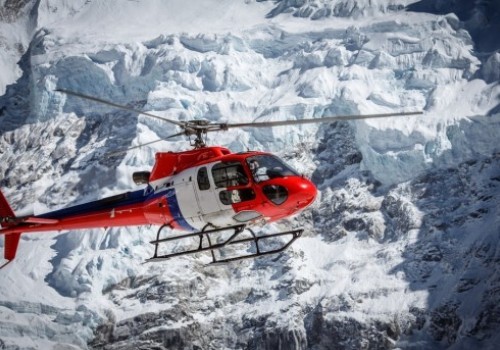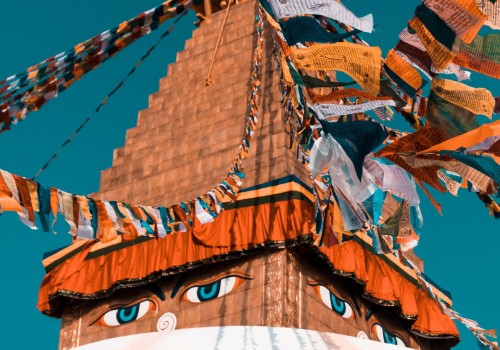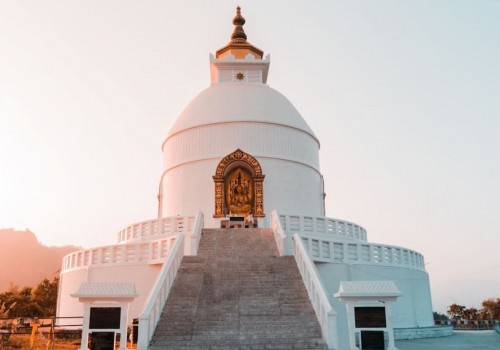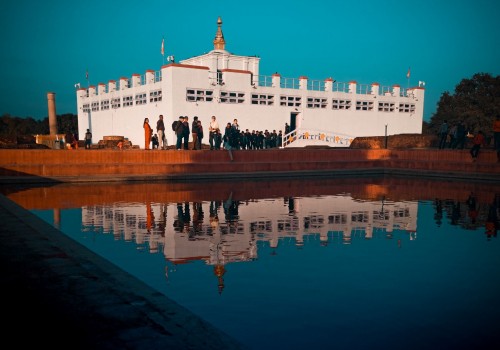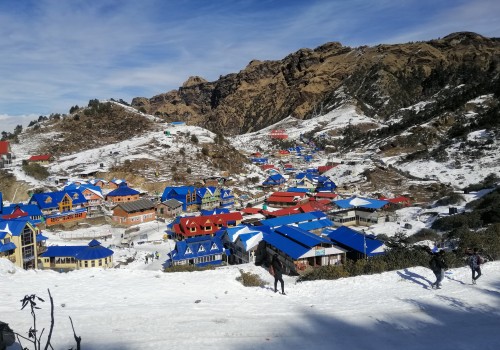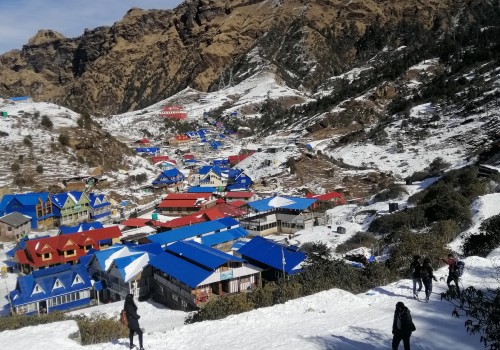About Paragliding in Nepal (Pokhara)
Paragliding is the closest humans can get to the feeling of flying like a bird. It is a fun, safe way to experience flight in its simplest form. You simply lay out a wing on a hillside or mountain, inflate it over your head like a kite, run a few steps and before you know it you've stepped off into the sky! Once in the air, a pilot can maintain and even gain altitude using lifting air currents and thermals. Landing a paraglider is extremely easy. A pilot simply steers it into the landing area and glides down for a very gentle touch down back onto earth
Paragliding is a newly introduced adventure sport in Nepal, and only very little information is available in tourist guidebooks. Paragliding in this Himalayan country can be a truly wonderful and fulfilling experience for the adventure-seekers. You can experience unparalleled scenic grandeur as you share airspace with Himalayan griffin vultures, eagles, and kites while floating over villages, monasteries, temples, lakes and jungles, with a fantastic view of the majestic Himalayas.
In Nepal, Pokhara paragliding is most famous for tourists, which is internationally recognized as well. Additionally, there are two newly opened paragliding places near Kathmandu- Kathmandu Paragliding and Shankharapur Paragliding.
Gliding is a weather-dependent sport and the flying season in Nepal commences from November through February, the best months being November and December. By virtue of its latitude and monsoonal climate, the tree line in Nepal is at an incredible 3,900 m above sea level. With conditions milder than summer alpine, these are excellent and constant atmospherics.
The topography and climate of Nepal also make it an ideal destination for all levels of pilots- subtropical conditions provide plenty of thermals and combined with the long valleys common in Nepal, they produce perfect 'cloud streets' ideal for paragliders, inviting them to fly along this "sky highway". The local microclimate, controlled by the numerous lakes in the valley, is unique, which makes it even better for the glider.
The main area for flying in Nepal is the Annapurna region, more specifically the Pokhara Valley. This lakeside town is Nepal's second "city", nestled at the foot of the Annapurna Himal, the views commanded from here, of 3 of the world's 8000 m peaks, are unsurpassed. At an altitude of 800 m ASL, the subtropical climate means that year-round, it is short and T-shirt weather. The micro-climate of the valley makes it an ideal area for flying, with far more constant conditions than the Kathmandu valley 150 km east.
There are several sites around Phew Tal (the lake) but the most accessible is Sarangkot (1500 m ASL). A viewpoint 700 m above Pokhara, it is unique in that it has a road running to the top. A short walk brings you to the only purpose-built take-off in the country. Cut out of the slope is a 45 m by 45 m clearing. With regular cycles providing easy reverse launches, you could not ask for a more picturesque site. With the lake 2000 ft (0.61 km) below, the mountains behind, and the unlimited potential for XC and out and returns, this has quickly become the main site for the area, and many pilots have based themselves in Pokhara for the season, flying from this mountain alone.
Top of the world Adventure deal for the paragliding enthusiast as well as those checking this sport out for the first time. There is a three-day introductory course for beginners, as well as tandem flights (where you fly with an instructor) for the inexperienced or less brave. At 6000 ft (1.83 km), you sit back in your seat as your qualified pilot takes you on an unforgettable journey. The take-off point for these flights is Sarankot (1592 m), which offers prime views of Phewa Tal and the mountains at sunrise and sunset (provided the skies are clear); the landing is by the lake.

